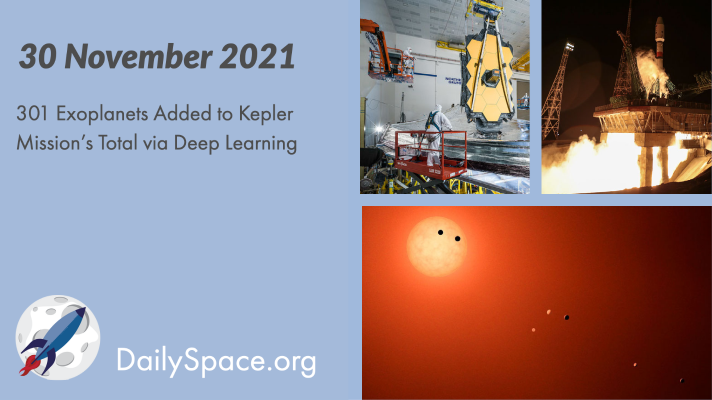
Dec 1, 2021 | Daily Space, Exoplanets, JWST, Mars, ROSCOSMOS, Soyuz, Spacecraft, Stars, Supermassive Black Holes, White Dwarfs
Using a new deep neural network called ExoMiner, scientists have added 301 exoplanets to the Kepler mission’s already enormous total of 4,569 confirmed planets. Plus, updates on Hubble and JWST, how InSight mapped Mars’ inner structure, an ultrahot Jupiter, and rockets. Yup. Rockets.
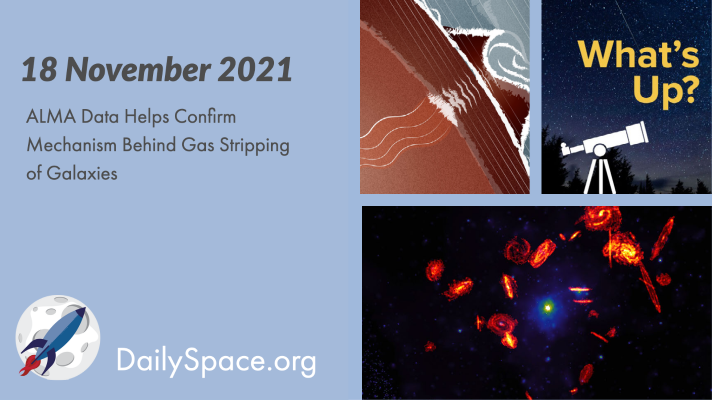
Nov 22, 2021 | Astrobiology, Daily Space, Earth, Galaxies, Mars, Moon, Sky Watching, The Sun
A new research project called the Virgo Environment Traced in Carbon Monoxide Survey (VERTICO) used data collected by the Atacama Large Millimeter/submillimeter Array (ALMA) to understand just what is stripping star-forming gases out of the Virgo Cluster of galaxies. Plus, calderas, a mass extinction, and this week’s What’s Up.
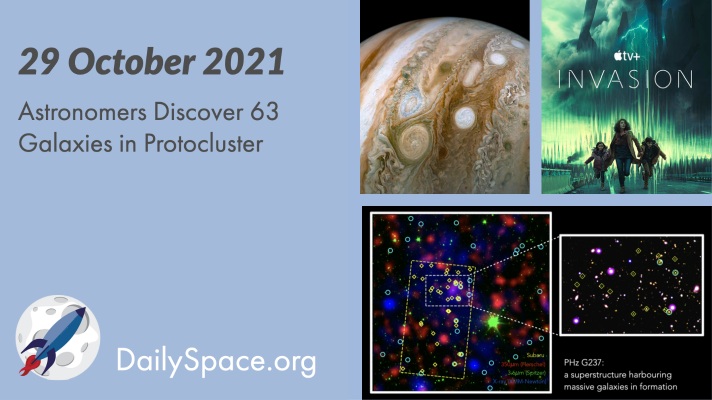
Nov 1, 2021 | Asteroids, Daily Space, Galaxies, Jupiter, Mars, Nebulae, Neptune, Review, Science, Stars, Supernovae, Uranus
Astronomers researching the G237 protocluster find 63 galaxies within, all producing stars and more galaxies at a high rate, acting as a “shipyard” for their region of the cosmos. Plus, Juno looks inside Jupiter’s cloud bands and a review of “Invasion” on Apple TV+.
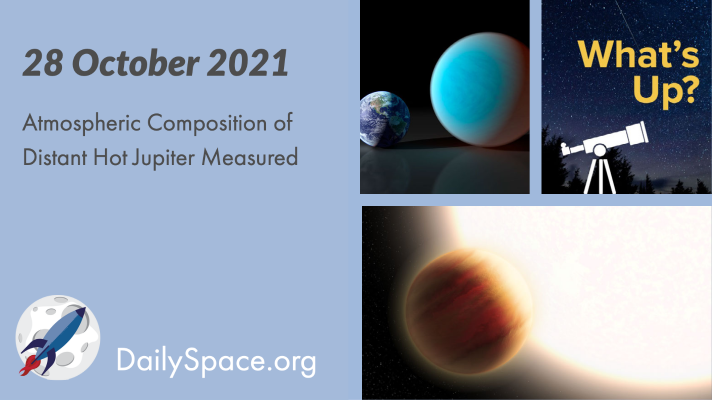
Oct 29, 2021 | Comets, Daily Space, Earth, Exoplanets, Mars, Science, Stars
Scientists have measured the composition of the hot Jupiter exoplanet WASP-77Ab using an instrument at the Gemini South observatory as the first step in creating a catalog of exoplanetary atmospheres. Plus, looking for ocean worlds and this week’s What’s Up.
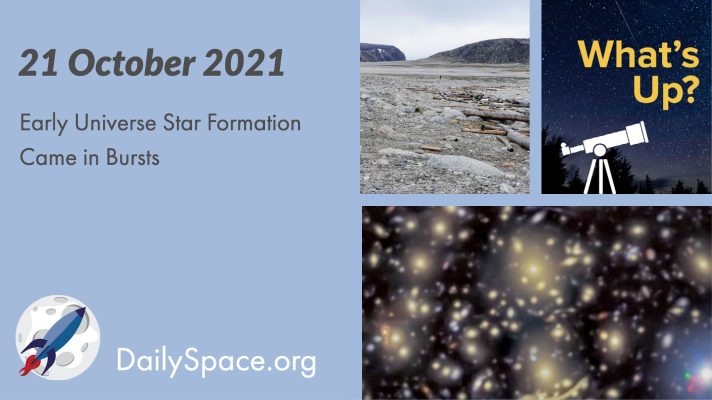
Oct 22, 2021 | Climate Change, Daily Space, Earth, Galaxies, Globular Cluster, Mars, Moon, Science, Sky Watching
Researchers looked at lensed galaxy systems, searched for nearby analogs to those distant systems, and found that in general, the systems showed signs of bingeing star formation and then quiet lulls. Plus, using tree rings to track Arctic ice changes, and this week’s What’s Up.
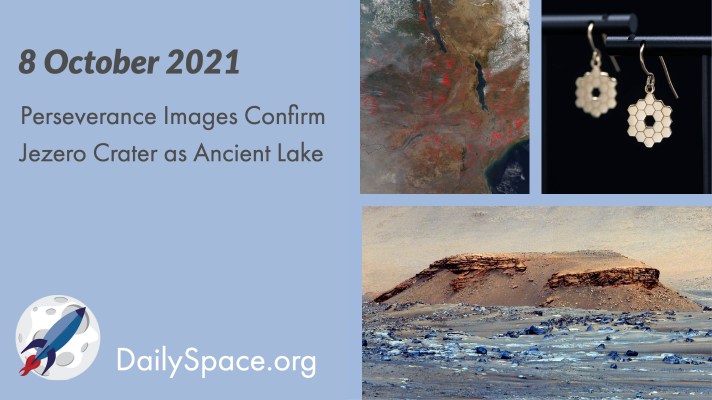
Oct 12, 2021 | Asteroids, Climate Change, Daily Space, Earth, Galaxies, JWST, Lucy, Mars, Perseverance, Review
A newly completed analysis of Perseverance’s first images from Mars finds that the landing site, Jezero Crater, was really a lake that was fed by a river, with sedimentary layers, flash floods, and strewn boulders. Plus, Central African biomass burning, Arctic permafrost melting, and we look at jewelry that celebrates upcoming missions.








 We record most shows live, on Twitch. Follow us today to get alerts when we go live.
We record most shows live, on Twitch. Follow us today to get alerts when we go live.